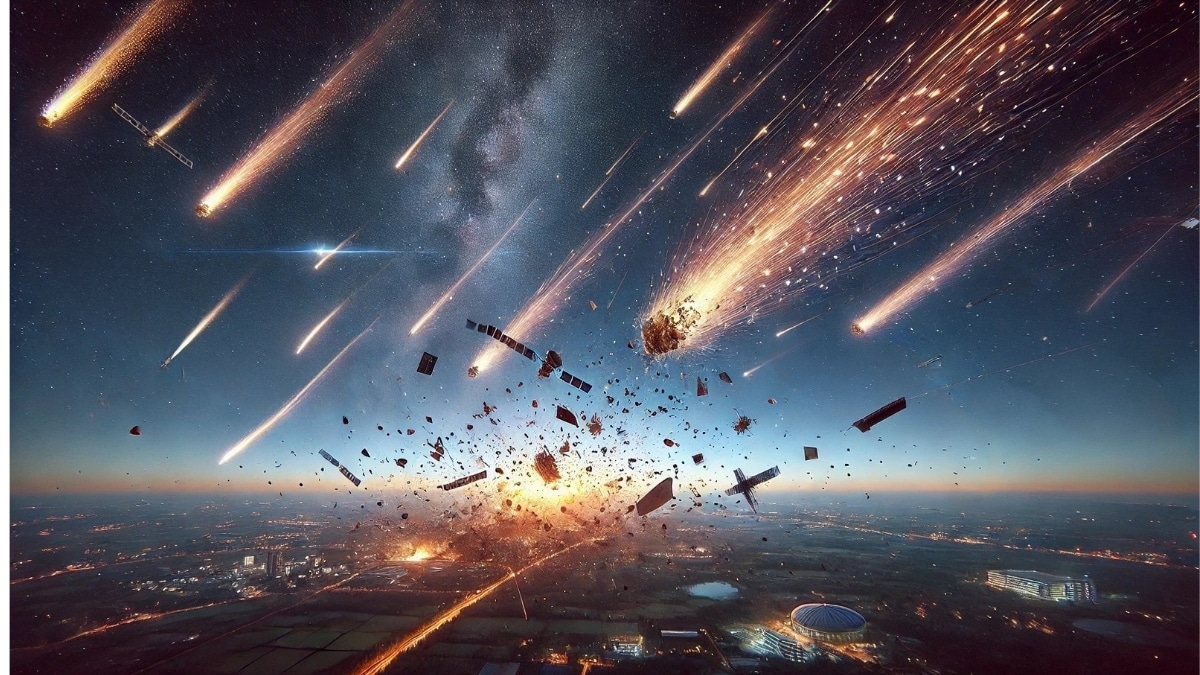 Image Credits - Space News
Image Credits - Space News
During recent developments, the spectre of nuclear confrontation has extended beyond Earth’s atmosphere, as Russia’s burgeoning space militarization efforts spark global alarm. This new dimension of geopolitical tension rivals, and in some aspects surpasses the Cuban Missile Crisis of 1962.
The Cuban Missile Crisis marked the peak of Cold War tension when the Soviet Union placed nuclear missiles in Cuba, just 90 miles from the U.S. shoreline, igniting fears of imminent nuclear war. Today, Russia’s advancements in space-based nuclear technologies and anti-satellite weaponry pose an even graver threat, not just to specific nations but to the very infrastructure of space itself.
Russia has increasingly invested in space-based technologies that include potential nuclear weapons platforms and advanced anti-satellite systems. The latter, designed to disrupt or destroy satellites vital for global communication, navigation, and weather forecasting, could significantly undermine international security. Recent tests of these systems, including the deployment of space-based missile interceptors and kinetic kill vehicles, have raised the stakes to unprecedented levels.
Unlike the Cuban Missile Crisis, where the potential for nuclear conflict was constrained to Earth, the current situation involves the vast expanse of space—a realm essential for modern technological and military operations. The Russian capability to deploy nuclear arms or execute destructive strikes from space introduces a new axis of risk. The potential for collateral damage includes critical satellites in low Earth orbit, indispensable for military communications, global positioning systems, and Earth observation.
Moreover, this situation complicates international space treaties and norms, necessitating urgent dialogue and coordination among spacefaring nations to prevent a destabilizing arms race in space. The implications of a space-based nuclear threat underscored the need for robust space governance and cooperative frameworks to safeguard the tranquillity of this final frontier.
As nations navigate this new era of space competition, the global community must confront these emerging threats with the same urgency that defined the Cold War crisis, ensuring that space remains a domain for peaceful exploration rather than a battleground for high-stakes conflict.
